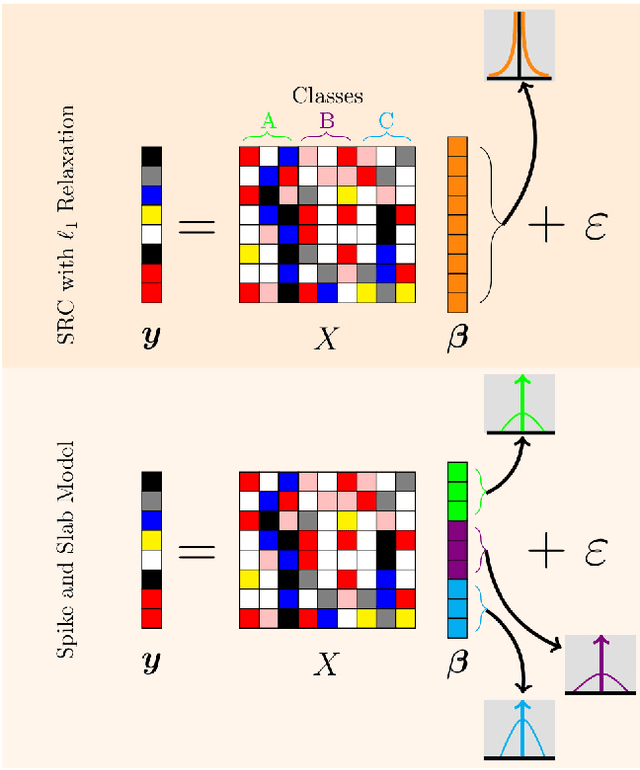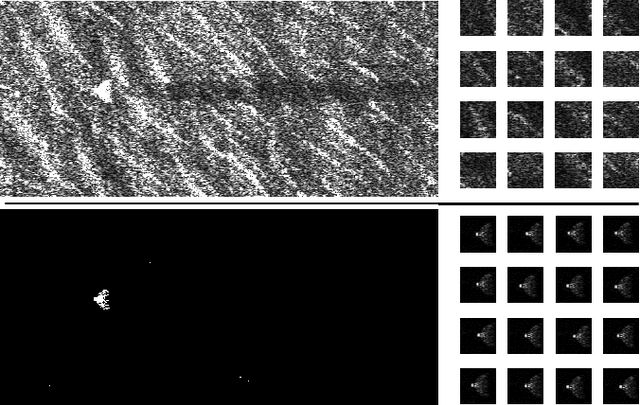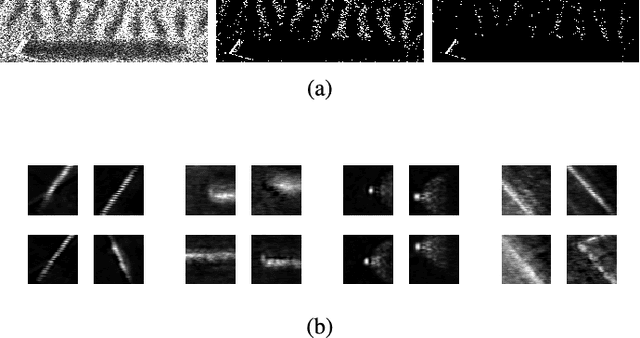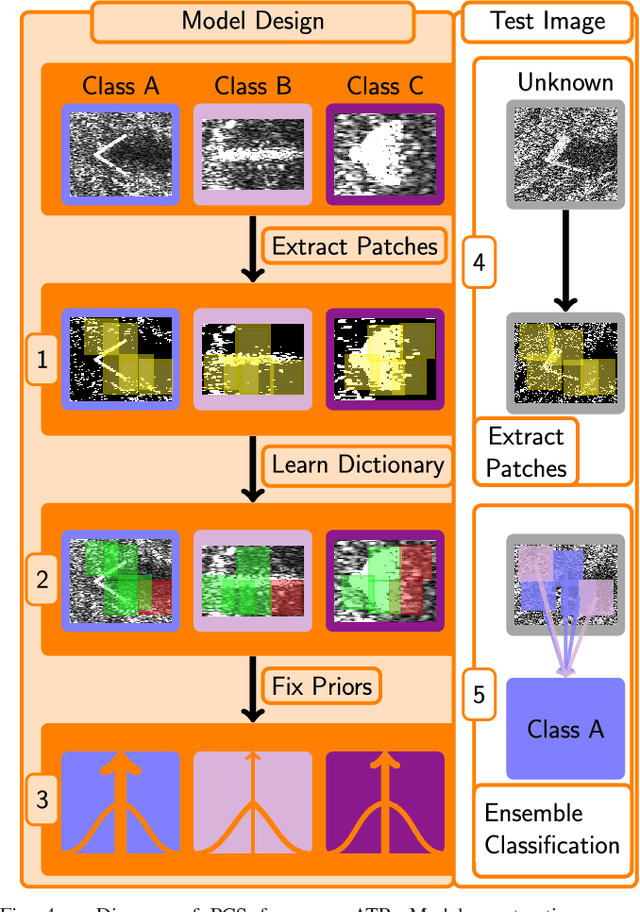Robust Sonar ATR Through Bayesian Pose Corrected Sparse Classification
Paper and Code
Jun 26, 2017



Sonar imaging has seen vast improvements over the last few decades due in part to advances in synthetic aperture Sonar (SAS). Sophisticated classification techniques can now be used in Sonar automatic target recognition (ATR) to locate mines and other threatening objects. Among the most promising of these methods is sparse reconstruction-based classification (SRC) which has shown an impressive resiliency to noise, blur, and occlusion. We present a coherent strategy for expanding upon SRC for Sonar ATR that retains SRC's robustness while also being able to handle targets with diverse geometric arrangements, bothersome Rayleigh noise, and unavoidable background clutter. Our method, pose corrected sparsity (PCS), incorporates a novel interpretation of a spike and slab probability distribution towards use as a Bayesian prior for class-specific discrimination in combination with a dictionary learning scheme for localized patch extractions. Additionally, PCS offers the potential for anomaly detection in order to avoid false identifications of tested objects from outside the training set with no additional training required. Compelling results are shown using a database provided by the United States Naval Surface Warfare Center.
 Add to Chrome
Add to Chrome Add to Firefox
Add to Firefox Add to Edge
Add to Edge